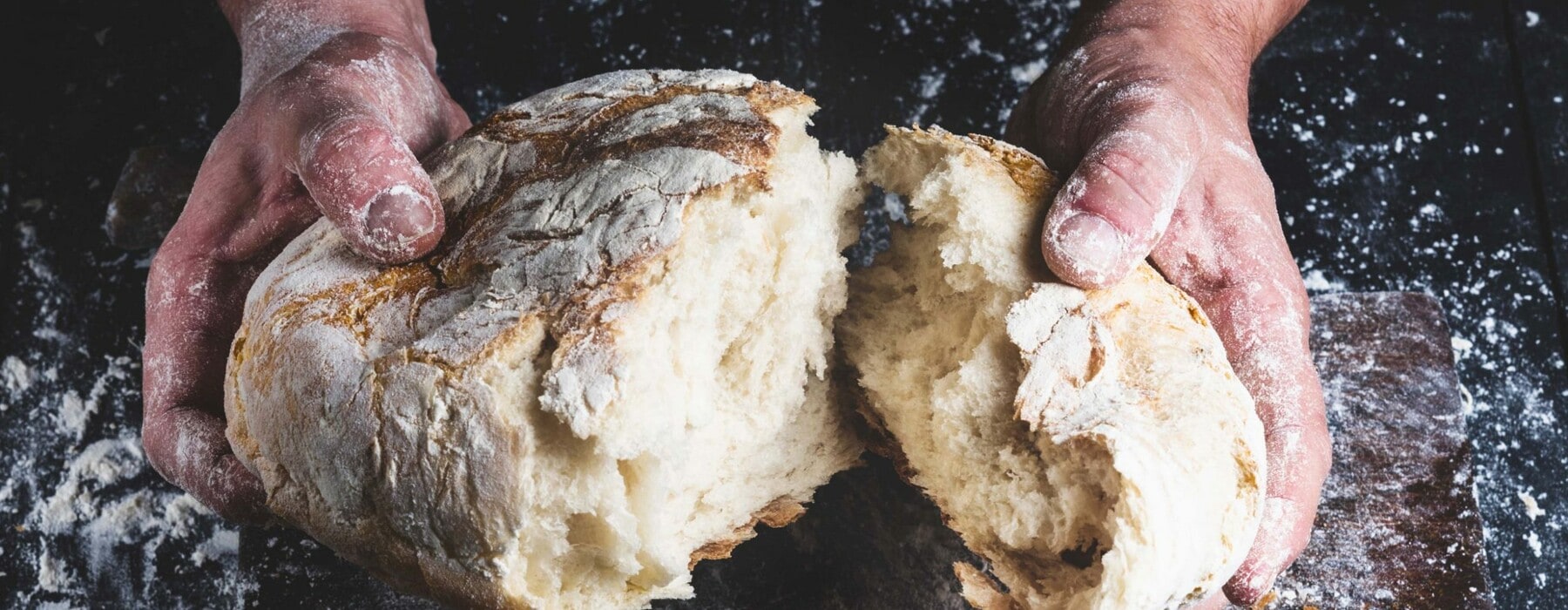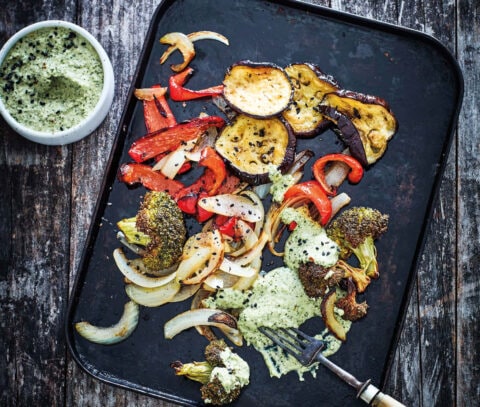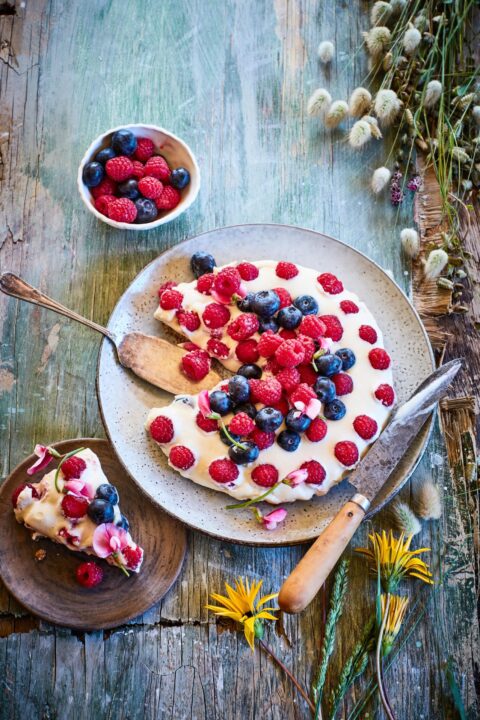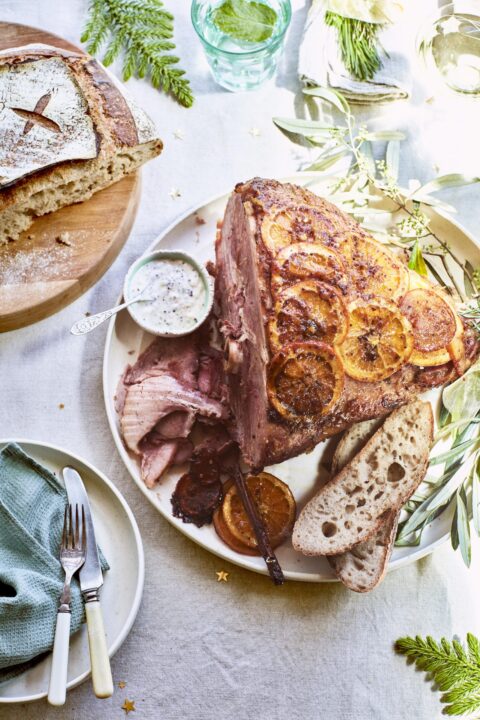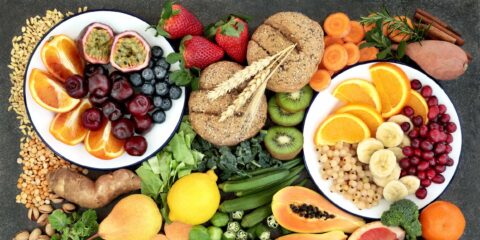What’s the healthiest bread? Sarah Catherall finds out which of the huge variety of loaves on offer is likely to be better for you.
Sam Forbes pours a bag of organic wheat into his flour mill and watches it being stoneground into flour. The grain has come to his Wellington bakery from a 125ha farm in Rangitikei, two hours north of the city, where farmers Suzy and Bruce Rea grow and harvest organic bread wheat for the New Zealand market.
Inside his business, Shelly Bay Baker, Sam and his bakers shape pieces of dough into oblong loaves before slicing lines across the back of each sourdough loaf with a razor. Next, they line the loaves up on a heavy metal tray and push it into the oven. For the next 40 minutes, the oven will bake dozens of different loaves – 13 varieties of bread are baked here, mainly sourdough, seeded and wholemeal breads, baguettes, bagels and ciabatta.
Sam is a big bread eater, and he’s been spreading butter on toast since he was a young boy growing up in Wales. The chef turned baker has never followed the low-carb, anti-bread trend, promoted by those who argue bread is a no-no and should be eaten in moderation.
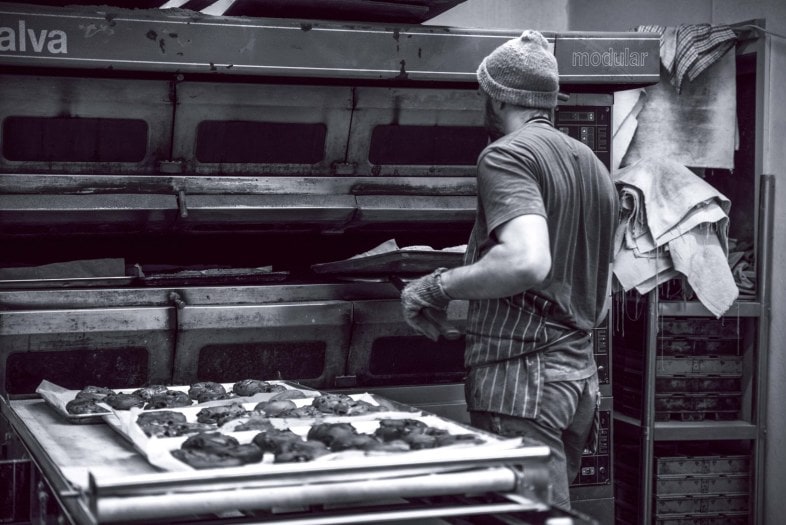
Despite these suspicions about bread, nutritionists recommend it as a good source of energy, saying it contains vitamins, minerals and fibre. Not every slice of bread is equal, though – what’s in it, how it’s made, and where the flour is sourced from or how it’s milled can make a difference. And as sourdough has risen in popularity, there are mixed views about whether this type of bread is actually healthier and better for you.
Most of us eat commercial breads sold in supermarkets. George Weston Foods – the baker of Ploughmans, Tip Top and Bürgen breads – sends out more than 50 million loaves every year. Though commercial breads get a bad rap for being more processed than artisan loafs, commercial bakers are adding new bread ranges and changing recipes to meet consumer demands for healthier bread. The Heart Foundation is also working with bakers to reduce the sodium content of bread. George Weston is aiming to bring sodium levels below 380mg per 100g, as requested.
Gluten-free bread is “almost mainstream’’ now, says Mark Bosomworth, general manager of George Weston’s baking division. Along with gluten-free breads, Tip Top has added a high-fibre white loaf, which contains three times the fibre of a standard Tip Top loaf. “Right now people are demanding more fibre, and to meet this demand we just introduced our Bürgen Fabulous Fibre with 30 percent of your daily requirement of fibre and a 5 Health Star Rating,’’ he says.
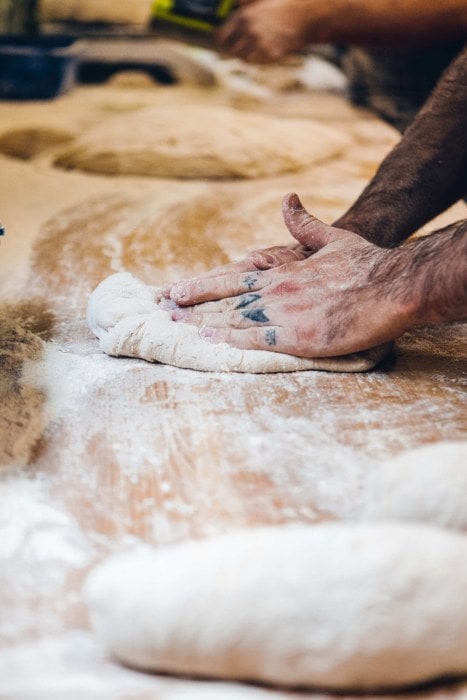
It’s a similar story at the other main commercial bread maker, Goodman Fielder, which makes Vogel’s, Freya’s, and Molenberg breads. Vogel’s now bakes six gluten-free breads.
Vogel’s added a digestive wellbeing bread to its range last year. It contains a trademarked recipe called BarleyMax – barley, seeds and grains, which it says has 50 percent more fibre than Vogel’s Original Mixed Grain “to support good gut health’’. It’s described as New Zealand’s first prebiotic bread.
The best bread
According to Jan Hales, a nutritionist with The Nutrition Bureau, bread is a good source of energy, some protein, B vitamins, and minerals such as calcium, magnesium, manganese, and selenium. However, not all bread is equal.

When we’re choosing bread, Jan says we should reach for wholegrain, multigrain and wholewheat breads, as they contain more goodness. Some breads also contain added folate and iodine. She says that breads with more fibre have a lower GI, which is better for blood sugar levels and weight management. White bread is made from refined white flour from which the bran and germ part of the grain has been removed. This process also strips out a lot of the fibre, and some of the vitamins, minerals and phytonutrients, she says.
While artisan bakers argue that sourdough is superior for health, Jan cautions that there’s no regulation around what a sourdough loaf is.
“We can’t assume all sourdough bread is the same. Some might not have been made in the traditional way, and the flour used, starter culture and processing will influence its nutrient content. The sourdough process can lower the levels of fermentable carbohydrates (like fructans) so it’s been suggested sourdough bread might be easier for people with Irritable Bowel Syndrome (IBS) to tolerate, but this hasn’t been confirmed in clinical trials, of which there are very few.’’
Take it slowly
Back at Shelly Bay Baker, Sam argues that the slower a loaf is made, the better. Each of his artisan loaves takes three days to make, as the dough is pre-fermented for two days before it goes in the oven. Compare that with factory-made bread, where a loaf takes about four hours from the moment the dough is rolled out to when it comes steaming from the oven.
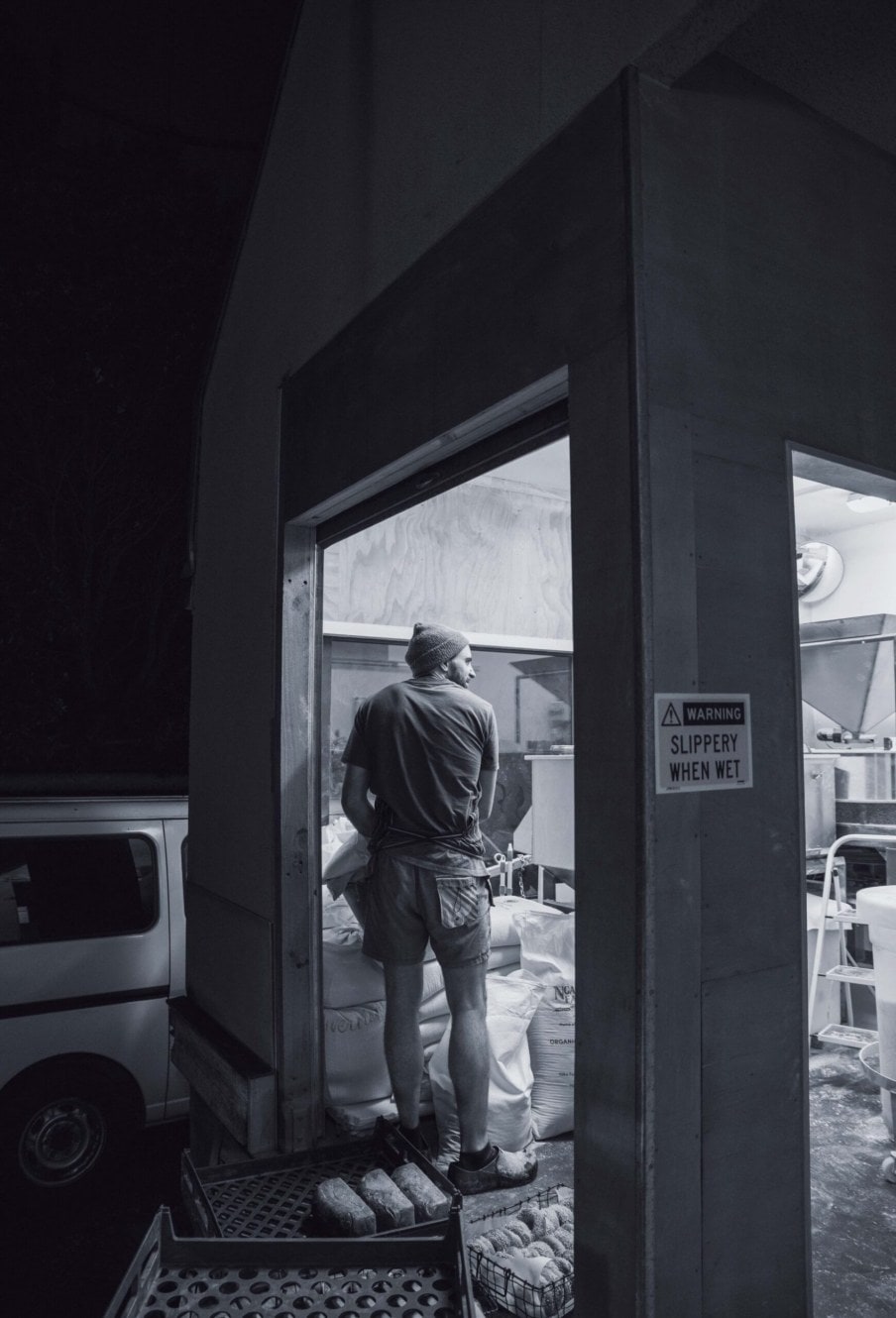
Does it really matter? Sam argues that it does. “Without a pre-ferment, the bread will have more sugar in it, leading to energy spikes. But if you don’t pre-ferment, it will go stale, so [commercial bakers] put in additives to make the bread last. Then you find that breads have a cocktail of additives.’’
His breads are made of three ingredients: flour, salt and water. He uses a sourdough starter to make the sourdough. Everything is natural.
On the subject of sourdough, he is critical of bakers who label their bread “sourdough”, when they’ve just added spoonfuls of dried sourdough to a loaf. “Sourdough is a way of naturally cultivating yeast. To do that, you need time.’’
Some bread eaters – especially those feeding big families – may not be able to afford the $9 to $12 cost of an artisan loaf at Shelly Bay Baker. Commercial breads are cheaper, and they also contain additives to make them last. Sam advises bread eaters to steer away from breads with a long list of ingredients. “Read the label,’’ he suggests.
It’s a difficult one, though, as consumers want bread that lasts. A spokeswoman for Goodman Fielder says: “Consumers expect commercially made loaves to stay fresh longer than one day, and to achieve this we need to add ingredients to help them last longer, combined with suitable packaging technology.”
At Wellington Sourdough, Catherine Adams is soaking seeds she will add to her sourdough loaves the next day, such as her sourdough, seed and grain loaf. The bread baker is one of those who argues real sourdough is better for you than other bread. All her ingredients are natural and the sourdough is naturally fermented.

“Nutrients in sourdough are likely to be absorbed by your body more so than regular bread because of the lower pH levels,” she says. “Sourdough promotes good gut health as it’s a prebiotic and may be less likely to spike blood sugar levels.’’
The former pastry chef sells loaves to customers who are gluten-intolerant and can’t eat regular bread but can digest her loaves. “Sourdough is more readily digestible and less likely to cause intolerances, and it reduces bloating associated with industrial bread.”
Another difference between commercial and factory breads is the flour – where it comes from and how it is milled. Catherine uses a variety of organic local grains, which are stoneground in-house for specialty loaves, and she also uses locally milled wheat.
Sam says stoneground flour is superior to flour that is commercially milled in a huge roller mill. It’s the difference, he says, between a loaf packed with vitamins and minerals and one that can be deficient. “The most important part of making bread is the flour. It’s the number-one ingredient.’’
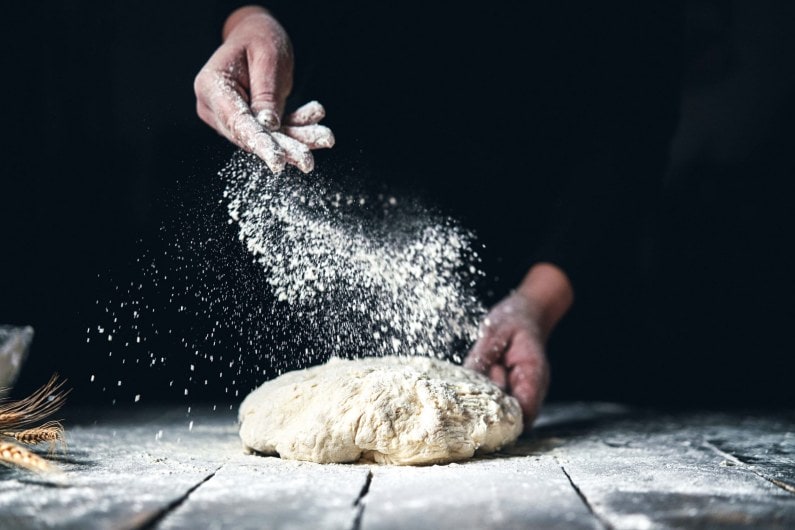
“You have big steel mills that crack the grain, which turns it into white flour that lasts for ages but has virtually no vitamins or minerals in it, so it’s just carbs and protein.’’
New Zealand grain growers are concerned that bread makers often use Australian grain. While Sam sources his grain locally, Alison Stewart, chief executive officer of the Foundation for Arable Research, says more than 60 per cent of daily bread contains Australian grain. It’s not nutritionally any different, but Alison argues that commercial bakers use it because it’s cheaper.
“The large mills and bakers opt for the cheaper option rather than looking to support local producers and giving the consumer a nice provenance story. It’s nice to think of local growers producing high- quality, safe grain, produced using sustainable production practices. Food safety, provenance and ultimately food security for New Zealanders are all wellbeing issues.’’
Jan Hales, a nutritionist with The Nutrition Bureau, says not all bread is equal and suggests that wholegrain, multigrain and wholewheat breads are good choices, as they contain more nutritional value.

